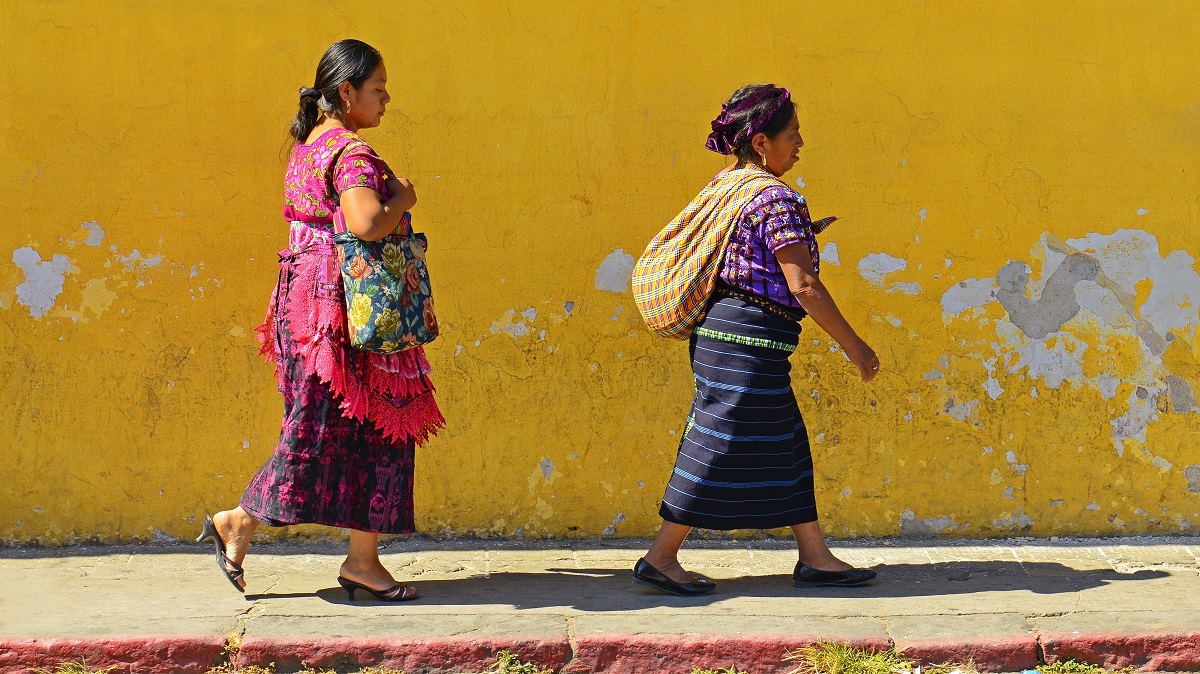Many economies of the region are facing growing pressure on their external debt positions and the rising cost of living is a growing challenge to policymakers.

© SL-Photography Shutterstock | Antigua, Guatemala.
Economic growth in Latin America is expected to decelerate sharply from 6.6% in 2021 to 2.6% in 2022 and fall to 1.1% in 2023, according to UNCTAD’s Trade and Development Report 2022.
The growth pattern is shaped by the largest economies, whose performance is expected to decelerate in 2022. Argentina, Brazil and Mexico, which after growing 10.2%, 4.6% and 4.8% in 2021, respectively, will slide to 4.1%, 1.8% and 1.8% in 2022. Among these, activity in Mexico has still not yet recovered to the level in 2019 after contracting by 8.3% in 2020.
For the sub-region of Central America and the Caribbean, growth will likely drop from 7.8% in 2021 to 4.1% in 2022, while for South American economies, excluding Argentina and Brazil, the deceleration will be sharper, from 9.1% in 2021 to 3.1% in 2022.
"For most economies, deteriorating global financial conditions and economic policy shifts in advanced economies are set to affect growth, increasing exposure to external shocks," UNCTAD Secretary-General Rebeca Grynspan said.
The big policy challenges
Boosting employment creation and allowing for overdue increases in real wages will, in the current context of global inflationary pressures and weak external demand, be the big policy challenges facing most countries as they seek to address long-standing inequalities, revive growth and recover economic stability.
The report notes that the relatively favourable conditions enjoyed by commodity exporters up to late 2021 are now moving in a less positive direction, even after taking account of some sector-specific positive shocks from the war in Ukraine.
International prices of energy, food, fertilizers and minerals, which are part of the export basket of many economies of the region, rose for a few months.
But, the report notes, these were specific and short-lived: on the one hand, windfall gains have not been widely shared and, on the other hand, under current global inflationary conditions they exerted price pressures domestically.
Also, a sharper-than-expected growth deceleration in major economies is causing volatility in commodity markets, which are, as highlighted in the report, already excessively financialized.
The rising cost of living is a growing challenge facing policymakers and not only where chronic inflationary expectations are locked in.
For the most part, the recent inflationary surge has been driven by global prices of energy and basic staples, and by the pass-through from exchange rate volatility and depreciations, all of which are affecting economies across the board.
Tightening monetary policy is, the report concludes, at best, a partial policy response to these effects. Its heavy-handed application risks a drastic depression of domestic demand, causing recessions and threatening social unrest.
The damaging impact on fixed capital investment could well represent a knock-out blow in a region where investment has languished for decades.
More immediately, many economies of the region are facing growing pressure on their external debt positions. Five countries (mainly from the Caribbean region) are already at high risk of, or in, debt default.
Another three countries are suffering from a punishing premium – 10 percentage points or more above the US Federal Reserve rate – on their external sovereign bonds, with many others experiencing tougher external borrowing conditions.
Some of these pressures may partially ease if higher domestic interest rates attract external funds. But this will also squeeze fiscal budgets and lead to higher future debt servicing costs.
Corporate borrowers in the region face the same dilemma. All in all, the expected outcome of these policy reactions will be to depress growth and intensify stability risks.
Reduced policy space
The conundrum for the region is that policy space is so reduced that a combination of higher international interest rates, capital flow reversals, investor risk aversion, exchange rate depreciations, globally induced inflationary pressures and declining global demand leave little room in these economies for a course correction.
Ms. Grynspan stated: "In today’s unstable world, stronger regional cooperation could offer a buttress against unforeseen shocks and help to tap new sources of economic growth."
Such an option takes time, but as shown in the report, a simulated global macroeconomic scenario based on such cooperation can deliver tangible improvements for the Latin America and Caribbean region.



